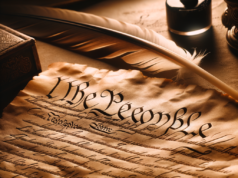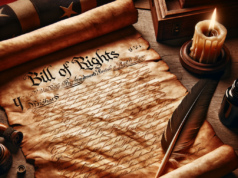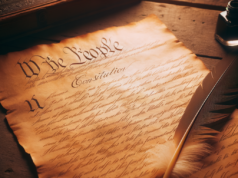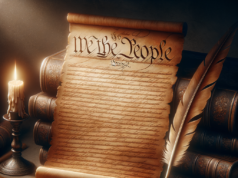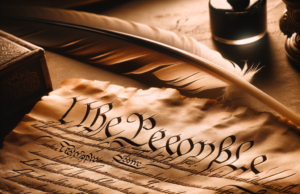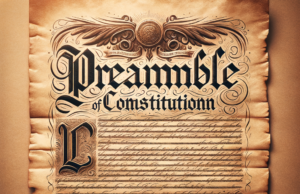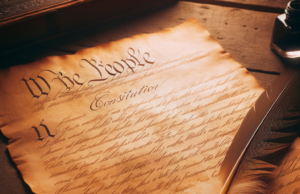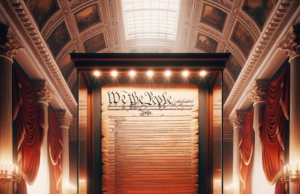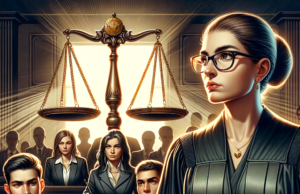Table of Contents
- 1 Understanding the Second Amendment: Historical Context and Modern Implications
- 2 Recent Legislative Changes Impacting Second Amendment Rights Across the States
- 3 Key Court Rulings Shaping the Future of Gun Ownership and Regulation
- 4 Public Opinion Trends: How Attitudes Toward Gun Rights Are Evolving
- 5 The Role of Advocacy Groups in the Ongoing Debate Over Gun Rights
- 6 Looking Ahead: Potential Future Developments in Second Amendment Legislation
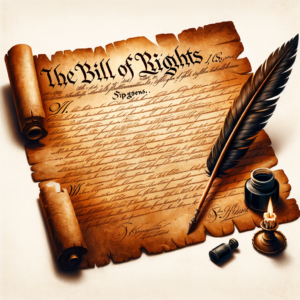
The Second Amendment of the United States Constitution, which guarantees the right to keep and bear arms, has long been a contentious issue in American society. As debates surrounding gun ownership intensify, recent developments have revealed significant shifts in legislation, court rulings, and public opinion. This article explores the latest changes impacting Second Amendment rights, providing a comprehensive overview of the evolving landscape of gun rights in America.
Understanding the Second Amendment: Historical Context and Modern Implications
The Second Amendment, ratified in 1791, states, “A well regulated Militia, being necessary to the security of a free State, the right of the people to keep and bear Arms, shall not be infringed.” Historically, this amendment was rooted in the context of post-Revolutionary America, where the fear of tyranny and the need for self-defense were paramount. Over the centuries, interpretations of the Second Amendment have varied widely, leading to ongoing debates about the balance between individual rights and public safety. In modern times, the implications of the Second Amendment are increasingly scrutinized, particularly in light of rising gun violence and mass shootings, prompting calls for stricter regulations alongside fervent defenses of gun ownership rights.
Recent Legislative Changes Impacting Second Amendment Rights Across the States
In recent months, several states have enacted significant legislative changes that impact Second Amendment rights. States like Texas and Florida have expanded access to concealed carry permits, allowing individuals to carry firearms without a permit in certain circumstances. Conversely, states such as California and New York have introduced stricter gun control measures, including bans on high-capacity magazines and enhanced background checks. These legislative shifts reflect a growing polarization in gun policy across the nation, with some states embracing more permissive laws while others seek to impose tighter restrictions. This divergence not only highlights regional differences in attitudes toward gun rights but also sets the stage for potential legal challenges as individuals and advocacy groups seek to navigate the complex patchwork of state laws.
Key Court Rulings Shaping the Future of Gun Ownership and Regulation
Recent court rulings have played a pivotal role in shaping the future of gun ownership and regulation in the United States. The Supreme Court’s decision in New York State Rifle & Pistol Association v. Bruen (2022) marked a significant turning point, affirming the right to carry firearms in public for self-defense. This ruling has prompted lower courts to reassess existing gun laws, leading to the invalidation of several restrictive measures in various states. Additionally, ongoing cases regarding the legality of assault weapons bans and red flag laws are likely to further influence the judicial landscape surrounding the Second Amendment. As courts grapple with these issues, the outcomes will have lasting implications for both gun owners and advocates of gun control.
Public Opinion Trends: How Attitudes Toward Gun Rights Are Evolving
Public opinion regarding gun rights and regulations has shown notable shifts in recent years. According to recent surveys, a significant portion of the American populace supports stricter gun control measures, particularly in the wake of high-profile mass shootings. However, this support is not uniform; many Americans still strongly advocate for the protection of Second Amendment rights, emphasizing the importance of personal safety and self-defense. Polls indicate a growing divide between urban and rural populations, with urban residents more likely to favor stricter regulations while rural communities often prioritize gun rights. This evolving landscape of public opinion reflects a complex interplay of cultural values, personal experiences, and societal concerns, making it a critical factor in the ongoing debate over gun rights.
The Role of Advocacy Groups in the Ongoing Debate Over Gun Rights
Advocacy groups play a crucial role in shaping the discourse surrounding Second Amendment rights. Organizations such as the National Rifle Association (NRA) and Everytown for Gun Safety are at the forefront of this debate, each promoting their respective agendas. The NRA has long championed the rights of gun owners, mobilizing grassroots support and lobbying against gun control measures. Conversely, Everytown for Gun Safety advocates for comprehensive gun reform, focusing on issues like universal background checks and restrictions on high-capacity magazines. These groups not only influence public opinion but also impact legislative processes, often engaging in strategic campaigns to sway lawmakers and mobilize voters. As the debate continues, the actions and strategies of these advocacy groups will be pivotal in determining the future of gun rights in America.
Looking Ahead: Potential Future Developments in Second Amendment Legislation
As the landscape of Second Amendment rights continues to evolve, several potential developments loom on the horizon. With the upcoming midterm elections, gun rights and regulations are likely to be hot-button issues, influencing candidate platforms and voter turnout. Additionally, as more states grapple with the implications of recent court rulings, further legislative changes may emerge, either expanding or restricting gun rights. The ongoing dialogue surrounding gun violence and public safety will also drive discussions about potential compromises, such as enhanced background checks or red flag laws. Ultimately, the future of Second Amendment legislation will depend on a multitude of factors, including political dynamics, public sentiment, and the actions of advocacy groups, making it a critical area to watch in the coming years.
The Second Amendment remains a deeply polarizing issue in American society, with recent developments underscoring the complexity of gun rights and regulations. As legislative changes, court rulings, and public opinion continue to evolve, the future of the Second Amendment will undoubtedly be shaped by ongoing debates and advocacy efforts. Understanding these dynamics is essential for navigating the intricate landscape of gun ownership and regulation in the United States.



